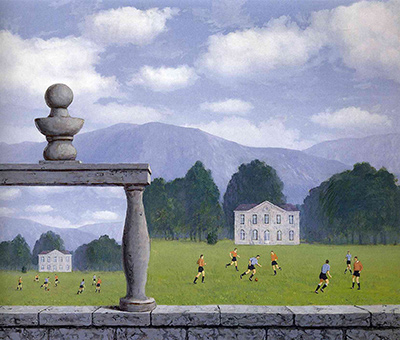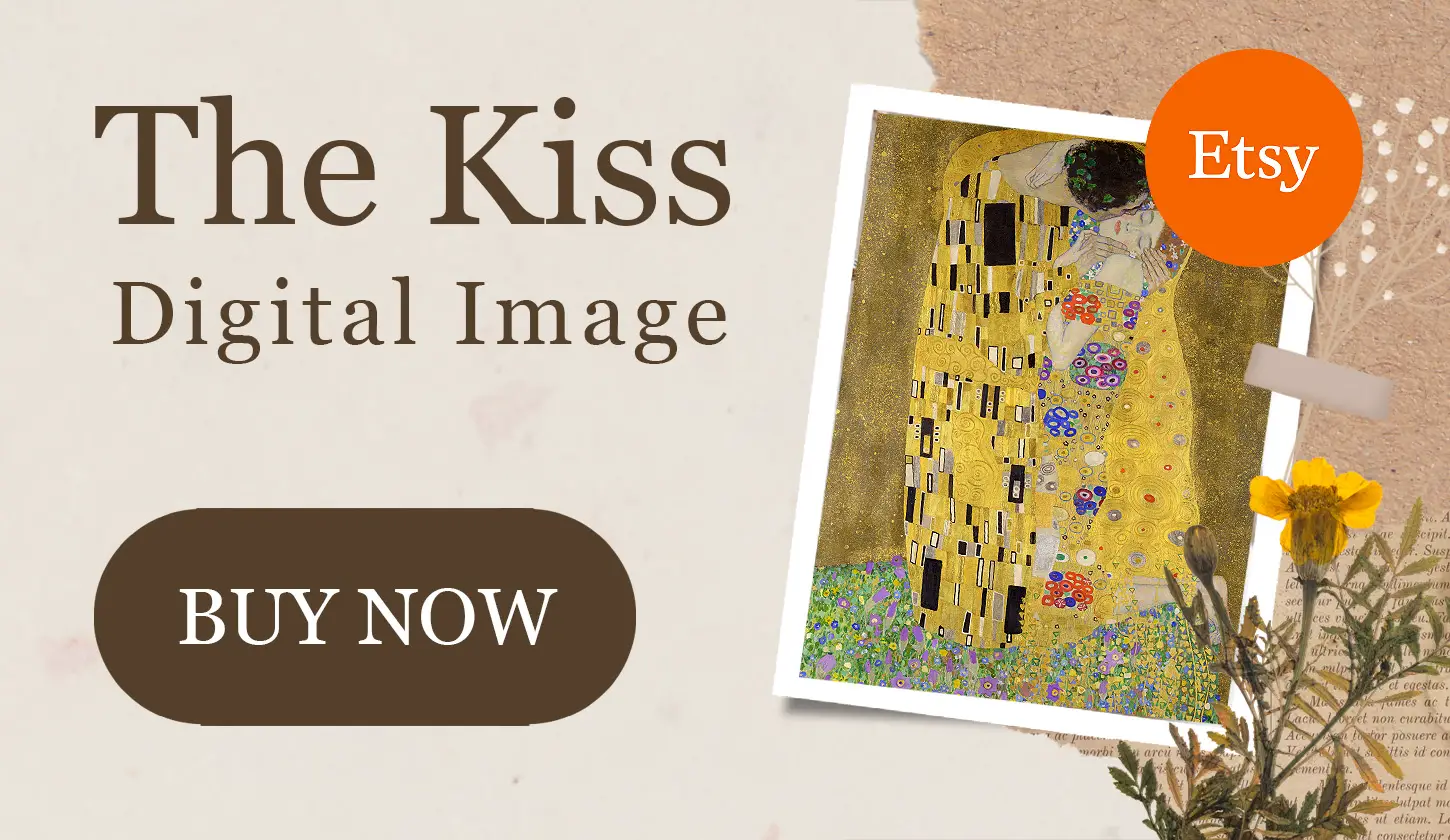Representation
Its original French name is "La Représentation" and it is a recycled name: Magritte had already painted a picture with this name in 1937. This later "Representation" dates from 1962 and is often identified with the date to avoid confusion.
The two representations are very different - the first featured a female nude torso while this later painting shows us a football match.
Painted in a clear, simple way, almost like an illustration, this 1962 sporty "Representation" seems to represent reality, although the deliberate "pictorial" aspect of Magritte's art always reminds us that it is not real: an insuperable distance separates reality from its representation.
To emphasise this distance, in this painting of a football match being played against a grand backdrop of forest and mountains, the foreground wall and small decorative stone pillars form a frame, a window, within which the same footballers play the same match.
We are seeing double! Or are we? Is this embedded picture exactly the same as the reality it represents, that is, the rest of the canvas? Not quite.
There are tiny differences. The embedded football game can be defined as equivalent rather than a copy. In fact, the French philosopher Michel Foucault used this painting to demonstrate his concept of similitude as opposed to resemblance.
The original of this symbolic painting from Magritte's later period measures 81 X 100 cm, oil on canvas, and it currently resides in a private collection.
His surrealistic style is unmistakable. You can recognise a Magritte painting at a glance and you feel compelled to stop and study it, usually with intense interest and some perplexity.
Rene Magritte was born in Lessines, Belgium, in 1898 and he developed his artistic talent at the Académie Royale des Beaux-Arts in Brussels. Early in his artistic career, during the 1920s, Magritte's artwork tended towards cubism.
Then, in 1925, he produced some delicate and dreamy art deco advertisement posters for the Norine fashion house.
Magritte delved into surrealism after discovering the art of Giorgio de Chirico. He was greatly influenced by the Italian painter and, following the surreal path to artistic fulfilment, found his own personal voice, or should we say paintbrush, taking the surrealism movement to new heights.





